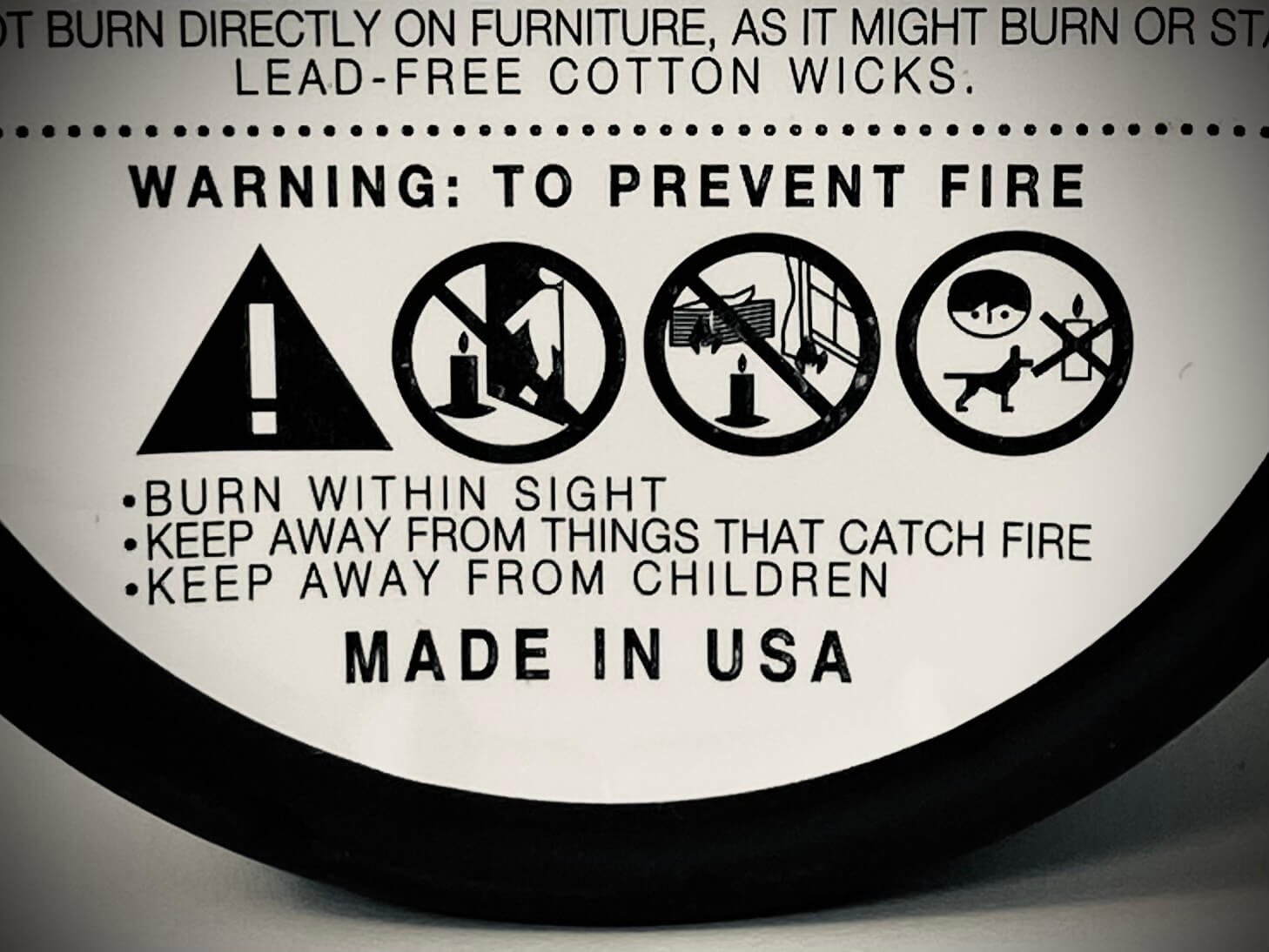Rules of Customer Engagement…
Engage or die.
It was a much-used refrain accompanying the rise of social media. With communication now two-way, a brand needed to engage or else risk being ignored. Metrics of success focused on the number of followers and shares.
Nearly two decades later, the precipitous decline in organic reach for brands, and challenges around false measurement and fake followers, make this appear just another example of marketing hype.
Yet ironically, engage or die is even more relevant advice today.
In a world where media has fragmented, content exploded, and personal and consumer communication intermingled, attention has become an increasingly scarce resource.
Brands need to gain and hold attention for positive brand memories to form. Without attention, there’s no memories. Without memories, there’s no brand.
Engage or die, indeed!
What is customer engagement?
While there is no shortage of advice about customer engagement, it has become a rather generic term, used to describe multiple concepts including customer experience, customer satisfaction, customer loyalty, and even the activity of marketing itself.
I find it helpful to focus on the verb and define engagement as the process of involving customers in the brand, rather than an outcome in itself. The idea is to keep the customer engaged over time, to provide more opportunities for positive brand memories to form than would happen with a single fleeting moment.
While engaging customers might be something a brand wants to achieve, it’s the customer who chooses whether to invest time and effort in the brand. So, to understand what the process needs to achieve, I like to figure out what engaged customers actually look like.
It turns out engaged customers have three characteristics:
They are enthusiastic about the brand. Some definitions refer to this as passion, but I’ve always been happy with enthusiasm as brands are rarely that important in people’s lives.
They actively participate in the brand rather than remain a passive audience. This is a behavior, but it’s also conscious: they seek it out.
They interact with others around the brand, sharing positive experiences, thoughts, and feelings.
3 rules for engaging customers
These characteristics suggest three rules a brand needs to follow to engage customers successfully:
Generate enthusiasm for the brand
Enthusiasm is a feeling of excitement or strong interest. It’s emotional. So to generate it the brand needs to touch people emotionally.
A brand purpose or ideal genuinely focused on improving people’s lives in some way is a good start point. People want brands that matter in their lives.
Storytelling is then a core tool. A story has the ability to immerse a person and generate an emotional response. When it’s used to bring the brand purpose or ideal to life, enthusiasm for the brand can more easily be generated.
However, this not simply about good advertising. The brand story needs to be woven through the customer experience, so the experience repeatedly delivers on an emotional as well as functional level.
Take Trader Joe’s, for example. The playful packaging of the products, the store design, the hand-drawn signage, the employees in their Hawaiian shirts, the Fearless Flyer circular, and the website. They all work together to deliver an immersive journey of discovery and fun.
Provide reasons to participate in the brand
The start point here is to encourage customers to interact with the brand. Provide plenty of opportunities for customers to provide feedback, from a simple thumbs-up to asking for opinions on the latest products or potential new products. This demonstrates that you care about what they think.
Develop good quality content that’s relevant to customers. As a minimum, this should answer any questions a customer might have at every stage of the customer journey, to make the journey as effortless as possible. It can also be used to make the brand more human, by introducing the people behind the brand.
However, content can go further and be of value in its own right, by informing, educating, or entertaining. Whether advice on pets from Chewy’s Youtube channel, playlists to share from Spotify Wraps, or unhinged content from Duolingo’s Tiktok, they all provide reasons to seek out the brand.
Personalizing the customer’s experience provides another reason. For example, by checking in with them after they’ve made a purchase, or sending some tips about how to use it. It shows that you care about the relationship more than just the transaction.
Facilitate customer interaction with others around the brand
Just about every brand these days has a social media page or forum, but this in itself doesn’t promote social interaction. I find it helpful to focus on creating conversations:
What are the topics? These don’t have to be about the brand, but in areas relevant to the brand and of interest to customers. The brand needs to be prepared to offer opinions and answer questions to get the conversation going.
Where can these conversations take place? While you can try and drag customers to your social media page or website, it might be better to go where customers are, and join a conversation.
How can the conversations be energized? For example, by using polls, giving out prizes, or inviting customers to show how they use products or services. Or maybe by enlisting influencers to start the conversations for you. You need conversations that customers want to be a part of.
The most powerful strategy for social interaction is to build a brand community. As well as keeping customers engaged, a strong community can strengthen customer loyalty, lower the cost of marketing and customer service, create an army of brand advocates, and provide feedback and ideas to grow the business. However, building a successful community is a major commitment, a way of doing business rather than a marketing strategy. While attractive, it needs to be considered against a broader set of objectives than holding and gaining attention alone.
Following these rules of engagement enable positive brand memories to form. Done well, the process can also generate a sense of connection and goodwill towards the brand.
However, it’s worth remembering that connection and goodwill in themselves won’t lead to outcomes such as purchase or loyalty. Those also depend on the value that the brand has to offer a customer. But that’s a post for another day…






